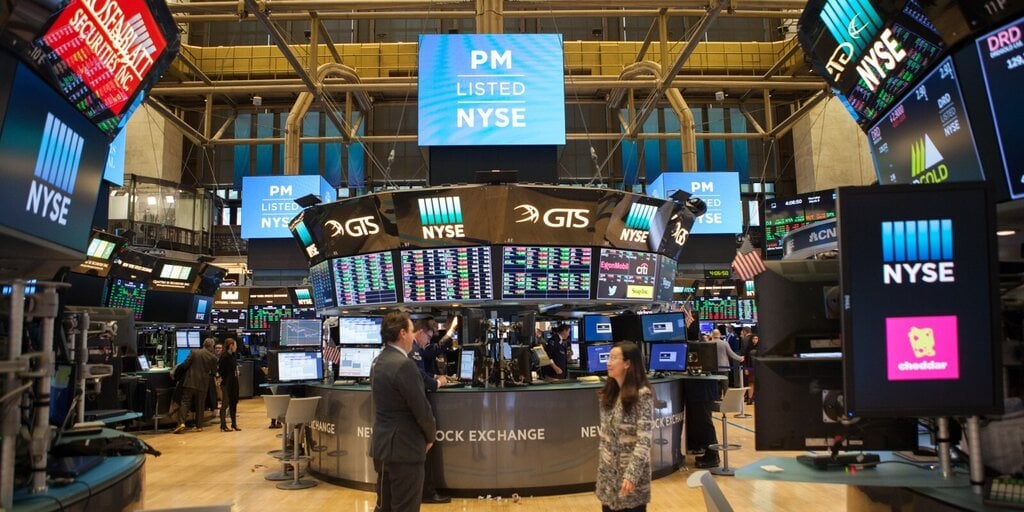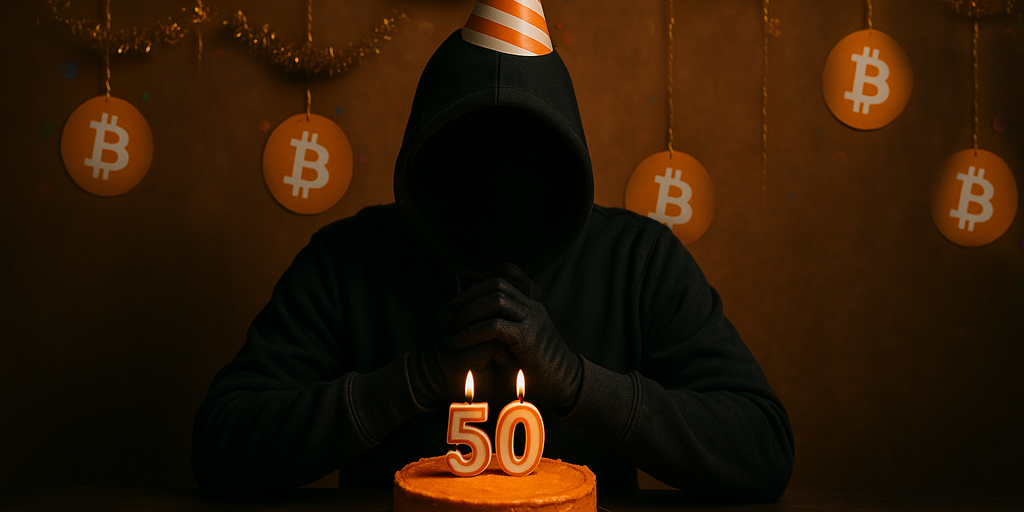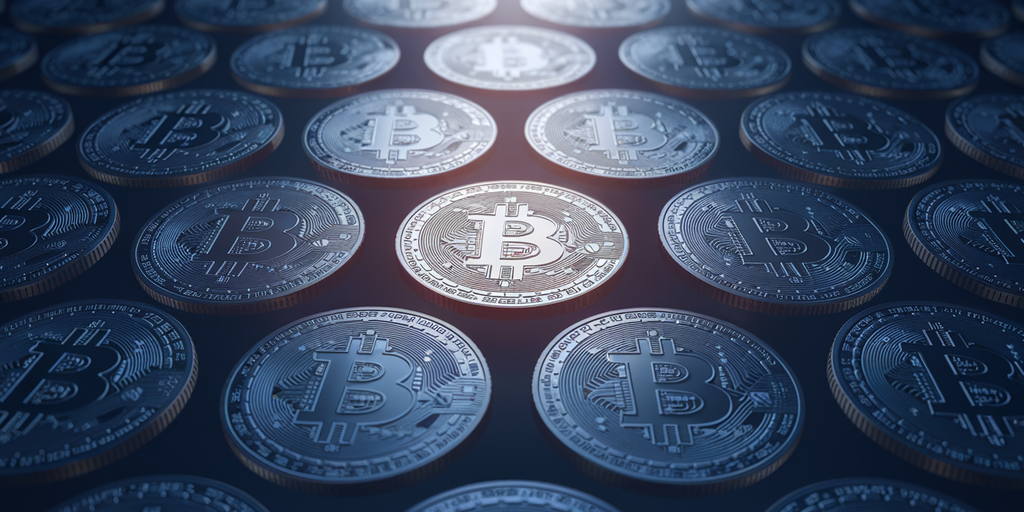Stock Market Turmoil: Fears of a Disorderly Market Open and Potential “Black Monday”-Style Selloff
U.S. Stock Futures Plunge, Fueling Speculation of a Potential “Black Monday”-Style Selloff
U.S. stock futures tumbled on Sunday evening, amplifying fears of a disorderly market open and fueling speculation of a potential “Black Monday”-style selloff as sentiment collapsed across equities and crypto. S&P 500 futures dropped 5.98% by 10 p.m. ET, while Nasdaq 100 futures slid 6.2%. Dow futures were down 5.5%.
Asian Markets Reflect Deepening Risk-Off Mood
Asian markets reflected the deepening risk-off mood, with Japan’s Nikkei 225 falling as much as 8.9% in early trading. In Taiwan, the Taiex index plunged nearly 10% after a two-day holiday, triggering circuit breakers for major stocks including TSMC and Foxconn.
Authorities Impose Temporary Ban on Short-Selling
Authorities have also imposed a temporary ban on short-selling to stabilize the market. In crypto, liquidations have spiked to roughly $892 million, which includes more than $300 million for Bitcoin long and short positions, CoinGlass data shows.
Risk-Off Flows Accelerate Across Global Markets
“Not only has Bitcoin broken below $80,000, but gold has also dropped under $3,000,” Marco Lim, managing director at Solowin Holdings and founding partner of MaiCapital, told Decrypt. “If USD/JPY breaks lower, we’re likely to see further unwinding of carry trades.” In other words, investors may start pulling capital from higher-yielding assets, accelerating risk-off flows across global markets.
Volatility Index Futures Spike Above August 2024 Peak
Meanwhile, volatility index futures ($VIX) have spiked above their August 2024 peak.
Retail Investors Sell $1.5 Billion in Equities in Two-Hour Window
Retail investors sold $1.5 billion in equities during a 2.5-hour window Friday—the largest intraday outflow on record.
Institutional Capital Exits U.S. Equities at Pace
Institutional capital also continued to rotate out of U.S. equities at pace, with March 2025 marking the sharpest exit in years.
AAII Sentiment Survey Shows Highest Bearish Reading on Record
The latest AAII sentiment survey showed 61.9% of investors were bearish, the third highest reading on record. Bullish sentiment stood at just 21.8%.
Crypto Market Cap Falls 10% to $2.57 Trillion
Crypto followed suit. Bitcoin fell below $80,000 on Sunday night, while Ethereum dropped under $1,800. The global crypto market cap fell 10% to $2.57 trillion, according to CoinGecko.
Kobeissi Warns of “Capitulation” but Sees Tactical Relief Rally
Kobeissi warned the selloff was likely near “capitulation,” but said any bounce would be tactical, not fundamental. “Even the worst bear markets see relief rallies,” it noted.
Conclusion
The global market is facing a period of heightened uncertainty and volatility, with risks of a disorderly market open and potential “Black Monday”-style selloff. The recent selloff has been fueled by a combination of factors, including trade tensions, macro uncertainty, and a deepening risk-off mood.
FAQs
Q: What triggered the recent selloff in the global market?
A: The recent selloff was triggered by a combination of factors, including trade tensions, macro uncertainty, and a deepening risk-off mood.
Q: How much did U.S. stock futures drop on Sunday evening?
A: S&P 500 futures dropped 5.98% by 10 p.m. ET, while Nasdaq 100 futures slid 6.2%. Dow futures were down 5.5%.
Q: What is the current state of the crypto market?
A: The global crypto market cap fell 10% to $2.57 trillion, according to CoinGecko. Bitcoin fell below $80,000 on Sunday night, while Ethereum dropped under $1,800.
Q: What is the current sentiment among investors?
A: The latest AAII sentiment survey showed 61.9% of investors were bearish, the third highest reading on record. Bullish sentiment stood at just 21.8%.
Q: What is the outlook for the global market?
A: The outlook for the global market is uncertain and volatile, with risks of a disorderly market open and potential “Black Monday”-style selloff. However, Kobeissi warned that any bounce would be tactical, not fundamental, and that even the worst bear markets see relief rallies.










